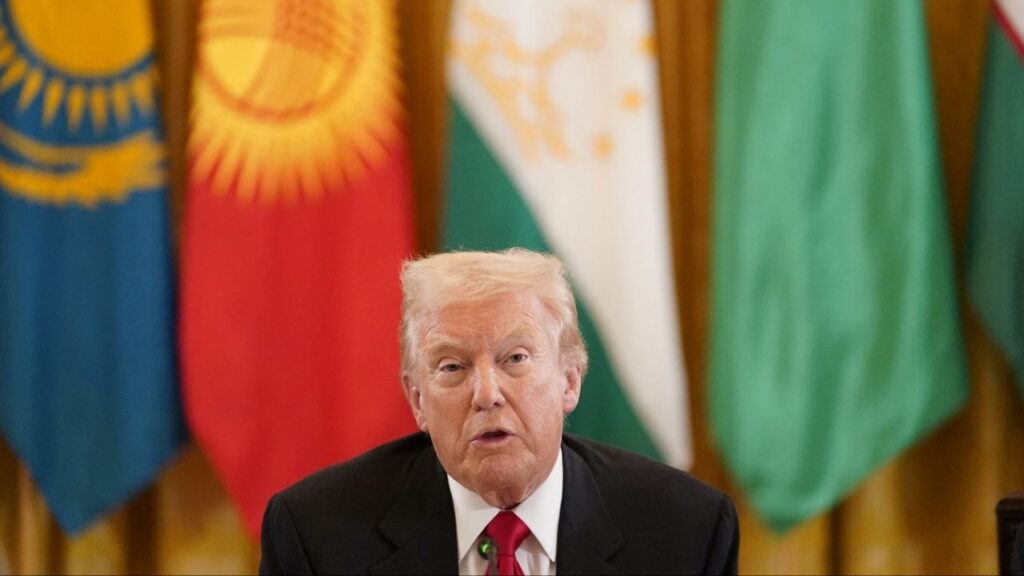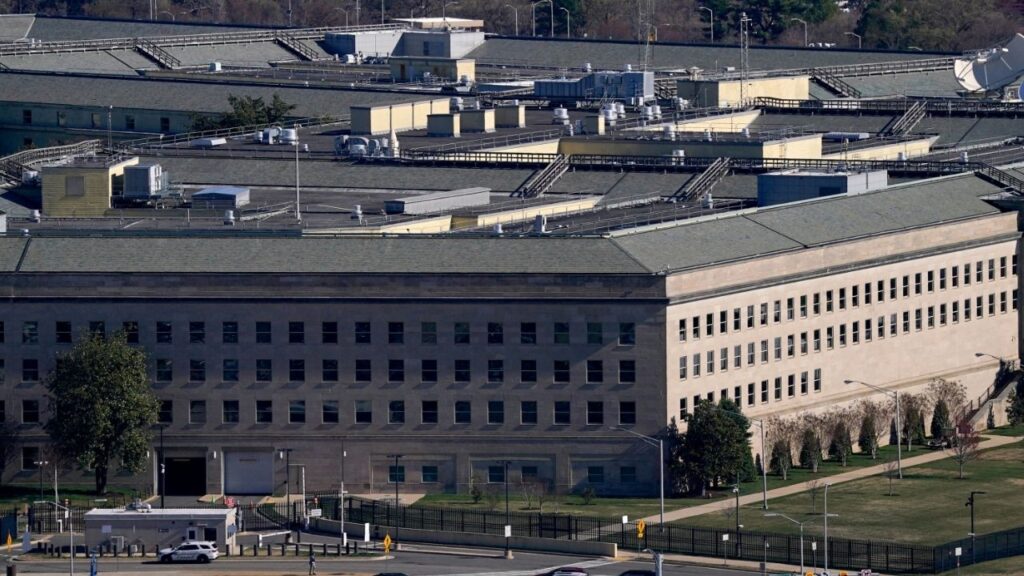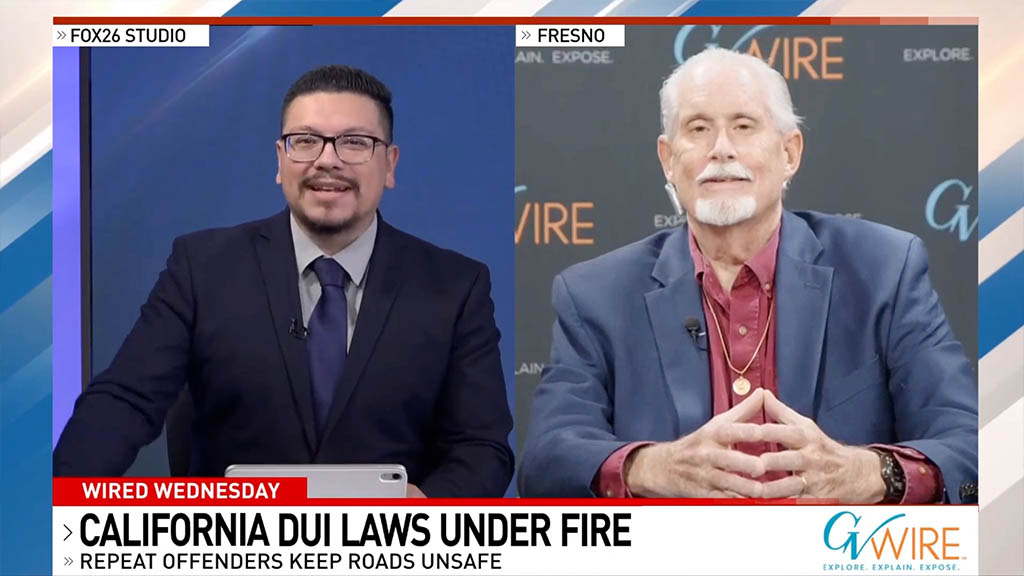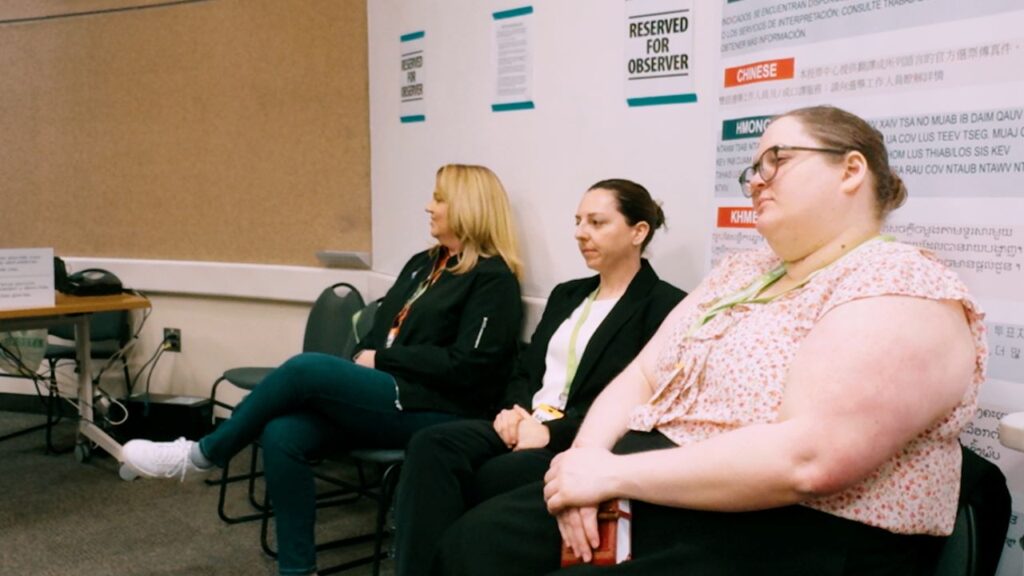Shoppers come and go at a Costco in Marina Del Rey, Calif., April 4, 2025. The Consumer Price Index climbed 2.4% in March compared to a year earlier, a far slower pace than February’s 2.8% increase. Policymakers and economists say the latest data is only a temporary reprieve as tariffs risk stoking higher inflation. (Mark Abramson/The New York Times)

- U.S. inflation cooled to 2.4% in March, easing market fears but raising questions about future rate cuts.
- Core inflation also slowed, but economists warn tariffs could soon reignite price pressures across consumer goods.
- Fed signals caution on interest rate cuts, saying stronger action will depend on clear signs of economic weakness.
Share
|
Getting your Trinity Audio player ready...
|
Inflation cooled sharply in March, a welcome development given the uncertainties surrounding President Donald Trump’s global tariffs.
The consumer price index climbed 2.4% last month from a year earlier, a far slower pace than February’s 2.8% increase and less than economists had expected. Over the course of the month, prices fell 0.1%.
A gauge tracking underlying “core” inflation, which strips out volatile food and energy items, slipped to 2.8% in March, following a 0.1% monthly increase.
Inflation Report Covers Period Before Tariffs
The report, which was released by the Bureau of Labor Statistics on Thursday, covers a period before the bulk of Trump’s tariffs were put in place. In recent days, the president’s plans have changed dramatically, culminating in the administration on Wednesday announcing a 90-day pause on punishing levies that had been put in place April 2.
Trump’s decision to pause came as global financial markets wobbled and started to flash warning signs about investors’ appetite for U.S. assets. Goods coming into the country from most countries will now face a 10% tariff, while Chinese imports will face a 125% charge, following Beijing’s decision to retaliate against U.S. products.
Trump’s pivot significantly eased worries about the extent of the economic damage stemming from his administration’s trade policies. But economists warn that the tariffs in place will still prove costly, leading not only to slower growth but higher inflation.
The big question for the Federal Reserve is how to balance those risks as members debate what to do with interest rates. Even before Trump’s tariffs, inflation was proving stubbornly sticky, with progress toward the central bank’s 2% goal stalling in recent months. That had made the Fed more hesitant to continue cutting interest rates after a series of reductions last year — a caution that has been amplified with the implementation of higher tariffs.
Inflation Worries Fed While Cuts Are in Flux
With inflation poised to reaccelerate again, even if it ends up being temporary, the Fed has made clear that the bar for further rate cuts is high. That means it will take tangible evidence that the economy is weakening in a material way for the Fed to take any action.
Perhaps the biggest concern for the central bank is a situation in which expectations about future inflation start to shift in a way that suggests Americans are becoming worried about price pressures staying persistently high. Fed Chair Jerome Powell said in a recent speech that it was the institution’s “obligation” to keep inflation expectations in check and to “make certain that a one-time increase in the price level does not become an ongoing inflation problem.”
So far, only a handful of survey-based measures have shifted in a notable way, including one run by the University of Michigan. Market-based measures have budged far less. Still, Ricardo Reis, an economist at the London School of Economics, said the “size and visibility” of the inflation shock was a concern, as were the “mixed signals” coming from the expectations data.
“The Fed has an inflation target to meet, and the effect on inflation of the tariffs is quite direct and likely quick,” he said. “It should talk tough.”
—
This article originally appeared in The New York Times.
By Colby Smith/Mark Abramson
c. 2025 The New York Times Company
RELATED TOPICS:
Categories

Kazakhstan to Join Abraham Accords, Trump Says

Who Will Replace Pelosi in Congress?


















